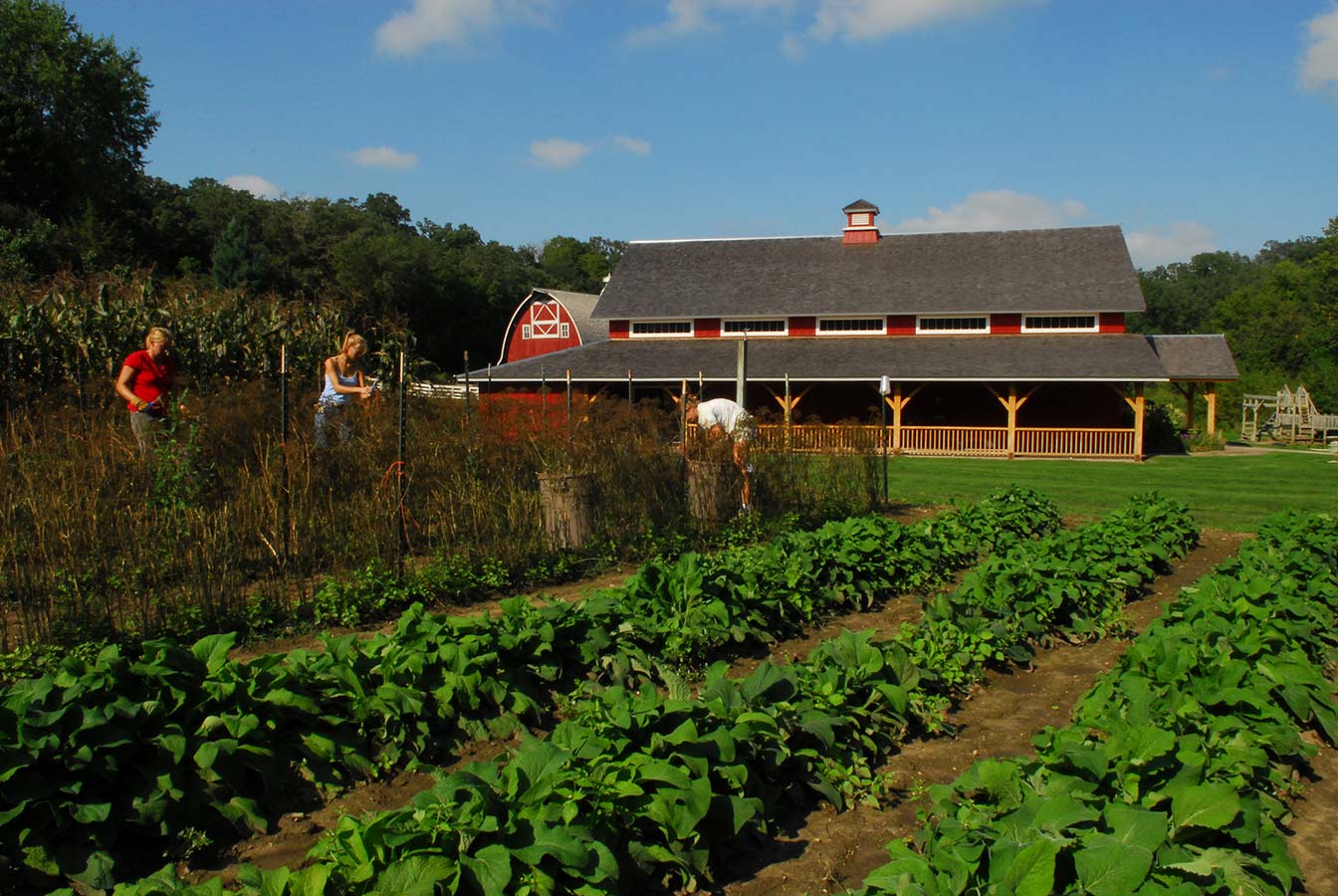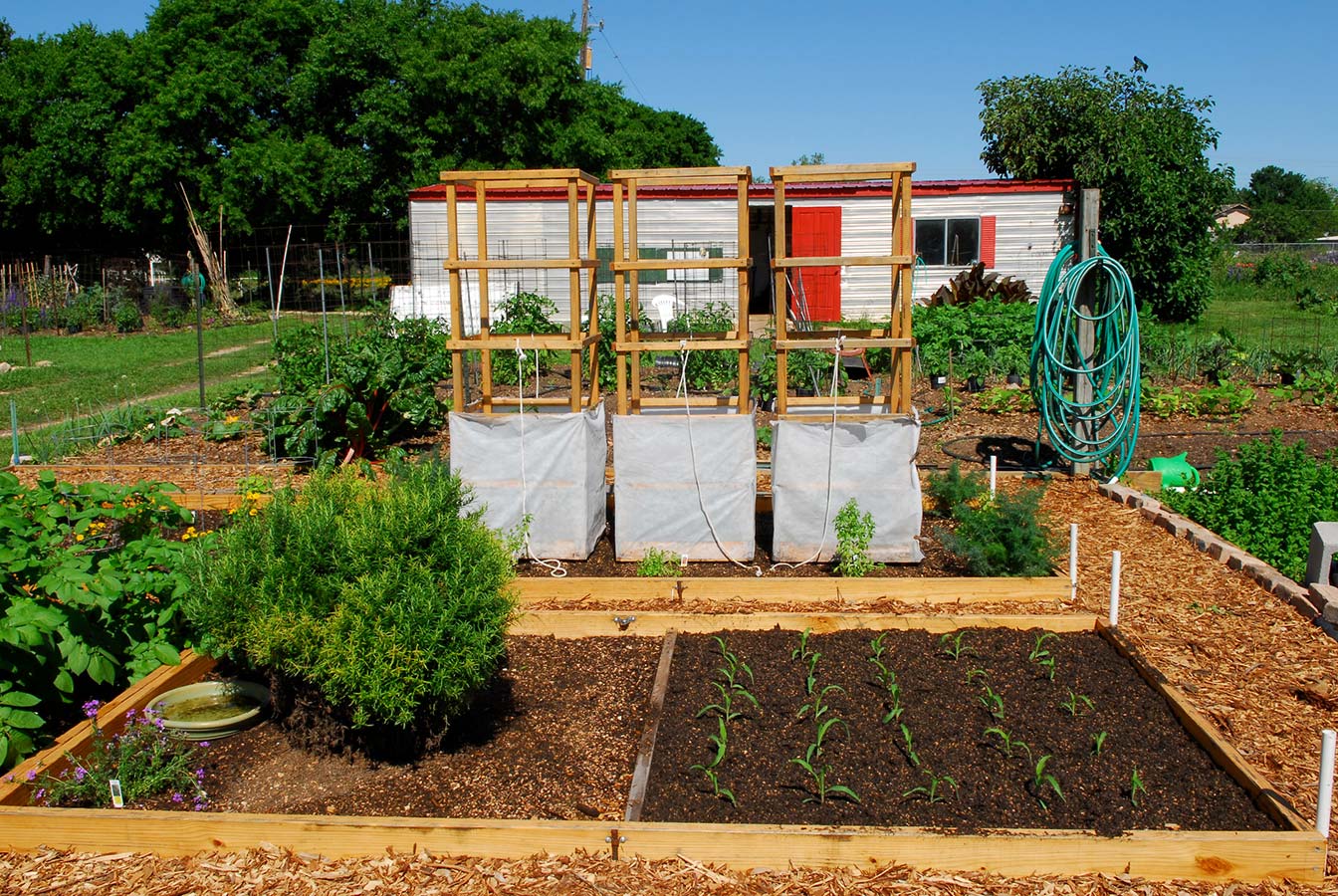Understanding Indiana’s Food System
In June 2018, the Union of Concerned Scientists (UCS) released a food system scorecard that ranked all 50 states on 10 factors related to food and farm health. The scorecard was intended to measure the overall sustainability and health of food systems across the country on a regional and state level.
Indiana received an overall ranking of 46 out of all 50 states, placing it near the bottom of the scorecard. Although the scorecard offers just one organization’s perspective, it also holds value to see some opportunities for Indiana’s food system to improve over time.
Before breaking down the variables that affect Indiana’s food and farm health, it’s helpful to understand what constitutes a food system.
THE WHAT
“A food system is all of the attributes, actors and resources that comprise how we get our food,” explains Dr. James Farmer, a researcher and professor who leads the Sustainable Food Systems Science Initiative at Indiana University. A food system represents the paths that food travels to reach our plates.
“We take a systems approach to thinking about food issues knowing that everything is so interlinked and connected. It’s a web of variables,” says Dr. Farmer. Food systems often focus on regional or local aspects, but the larger system is also a global one.
THE FOOD PRODUCED
The UCS gave Indiana its lowest scores for food produced (49/50) and reduced resource alliance (45/50). These rankings contributed to Indiana’s overall average as the state with the 46th-poorest food system.
The food produced category includes indicators such as percentage of cropland in fruits and vegetables and percentage of crop acres used for animal feed and fuel crops. Indiana received this score because crops destined to become processed food ingredients, or livestock feed instead of foods grown to support healthful eating, dominate many of the state’s large-scale farms.
“That’s not Indiana’s current strong suit,” says Dr. Farmer. “Obviously, there are a lot of factors that are in play here. Food infrastructure is something that’s been developing more in Indiana in the state and local levels.”

THE SUSTAINABILITY
Reduced resource alliance (45/50) includes factors such as percentage of farm acres treated with commercial fertilizers and chemical pesticides and the prevalence of on-farm renewable energy operations. Large-scale industrial agriculture has historically relied on limited resources for its production.
“This factor is affected by the development of sustainability,” says Dr. Farmer. “Indiana is striving to work on many of these aspects.”
THE LANDSCAPE
On the other hand, Indiana received its highest scores in the categories of social determinants and disparities (10/50) and farming outlook (19/50). The social determinants and disparities category examines some of the larger cultural and social landscapes in a state, including education and income gaps by race and percentage of the labor force with union memberships.
“We see people in areas and groups being more intentional about the creation of food policies that will help support food production and fruit and vegetable production and help support the relationship between everyday citizens and regional producers,” says Dr. Farmer.
THE FARMING OUTLOOK
At 19/50, Indiana landed in the top half of states for its ranking on farming outlook, determined according to factors such as farmer age and percentage of farms that are mid-size, owner-occupied and operated by women or people of color.
“There are a lot of factors that are social and cultural, as well as larger systemic issues, included in the farming outlook. These are longer-term factors that take generations to work towards,” says Dr. Farmer.
OPPORTUNITIES FOR IMPROVEMENT
Dr. Farmer’s overall assessment of the food systems scorecard? It’s presents a challenging portrait.
“I feel like it’s pretty complicated when we get down to some of these variables. The complications warrant greater discussion,” he says.
Rather than take reports like this as ultimate truth, they can be used to encourage larger discussions about food systems and sustainability as well as take action toward positive change.
“I caution people to think critically and to be positive. Think about what we do have and what we can do collectively on a local level and collectively on a state level,” says Dr. Farmer. “I would encourage people to keep an open mind and think about ways to be a part of this positive community development.”





